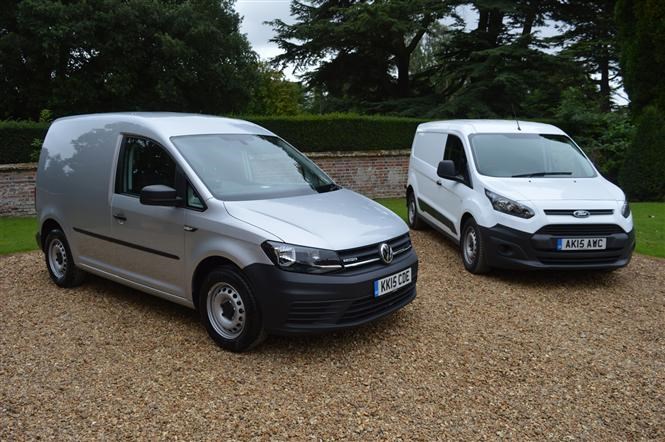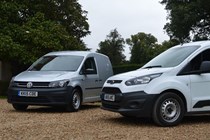Over the past 10 years, two names have stood out in the small van sector; the Ford Transit Connect and the Volkswagen Caddy. They are the most expensive vans in their segment, but continue to sell well due to their solid reliability, passenger car handling and respectable aftersales support.
Launched in 2013, the all-new Ford Transit Connect set the standard in terms of comfort and refinement. However, the fourth generation Volkswagen was finally unveiled this year, so does it have what it takes to dethrone the Ford?
Also read: Mercedes-Benz Sprinter versus Ford Transit
Also read: Vauxhall Vivaro versus Ford Transit Custom
The models we are comparing are the:
In the cab
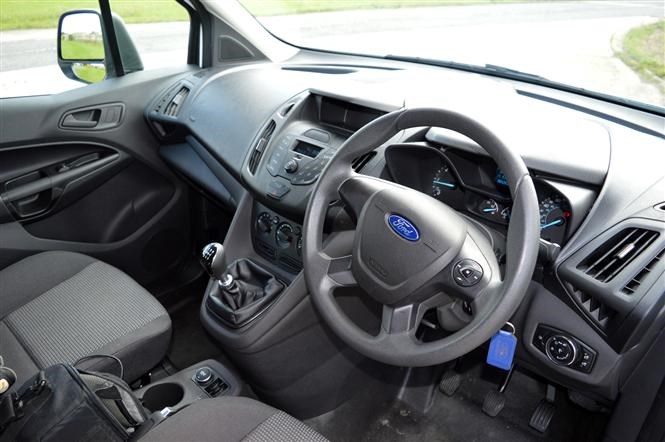
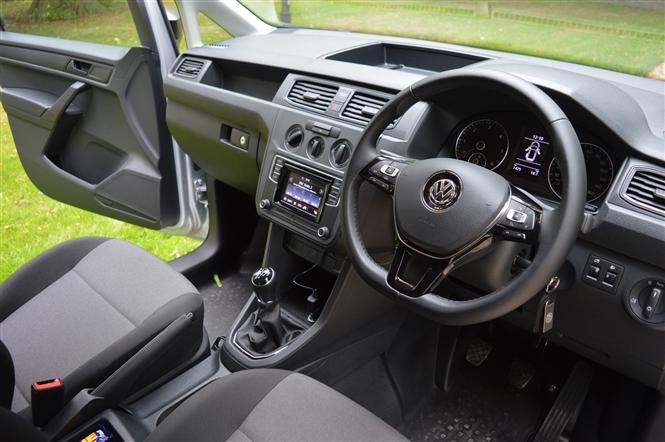
Volkswagen has gone for the ‘formal’ approach while Ford has opted for the ‘funky’ styling of its passenger cars. There is far more space in the Ford Transit Connect, with the seat reclining into a bulge in the bulkhead and the dashboard extending further forward, although this space isn’t well utilised.
The Caddy offers up to 17 storage spaces including an overhead shelf, four drink holders, a lockable glovebox and a number of open compartments. On the Transit Connect, customers also receive an overhead shelf but the number of stowage spaces is less and there’s a lack of open storage areas on the dashboard.
Both cabs are pleasant to be in and, although the seats on the VW Caddy aren’t as firm as the Connect’s, they are more comfortable. Reach and rake adjustable steering wheels are standard on the two, as are four-way adjustable seats.
Another key feature of the Caddy is the infotainment system. The device comes with a 5-inch touchscreen display and has USB, auxiliary, SD, CD and Bluetooth inputs, as well as DAB radio channels, while the Ford system has just a basic dot matrix display and no SD input, but comes with DAB.
Safety is considerably more advanced on the VW Caddy, with curtain and passenger airbags in addition to the innovative Post Collision Braking System, which continues to apply the brakes after the first crash if the driver is unable to.
Meanwhile, Front Assist monitors the traffic situation in front of your car, warning you when you get too close and even applying the brakes to avoid collision.
Winner: Volkswagen Caddy
On the road
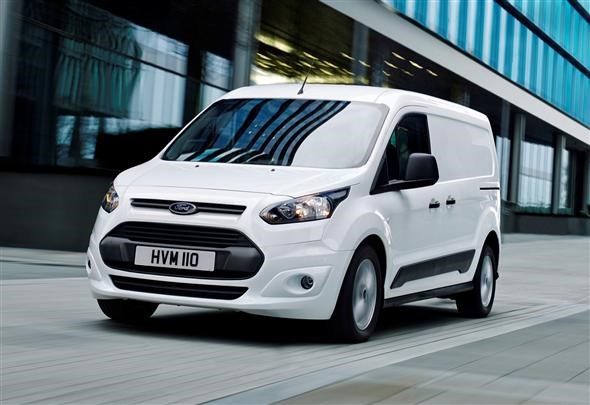
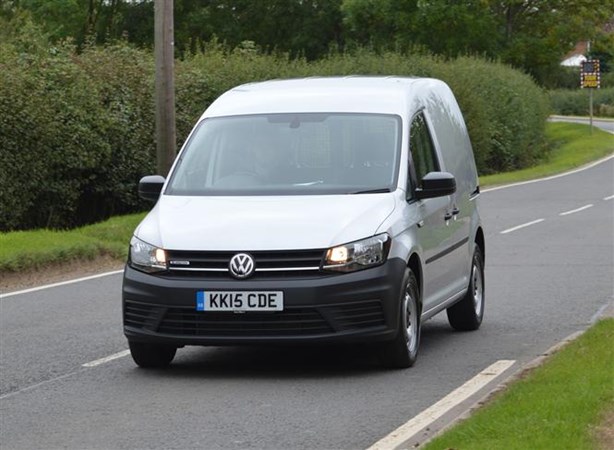
Under the bonnet, the Caddy sports Volkswagen’s 1.6-litre diesel while the Transit Connect is powered by the 1.6-litre Duratorq. The Caddy is quicker off the mark due to a slightly higher output of 101bhp and 250Nm, compared with the 94bhp and 230Nm on the Ford Transit Connect.
The Volkswagen Caddy is noticeably more nimble around the city, and has a tighter turning circle (11.1 metres versus 11.7 metres). It also has a short nose, which means seeing objects that are close to the bumper is a lot easier.
On the open road, cab noise is far louder on the Volkswagen Caddy due to the mesh top half of the bulkhead. Both vehicles corner similarly, with minimal body roll and precise steering with adequate feedback.
Winner: Volkswagen Caddy
Load Area
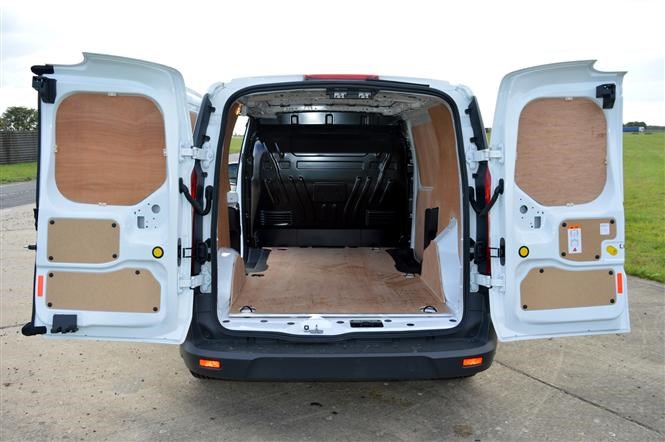
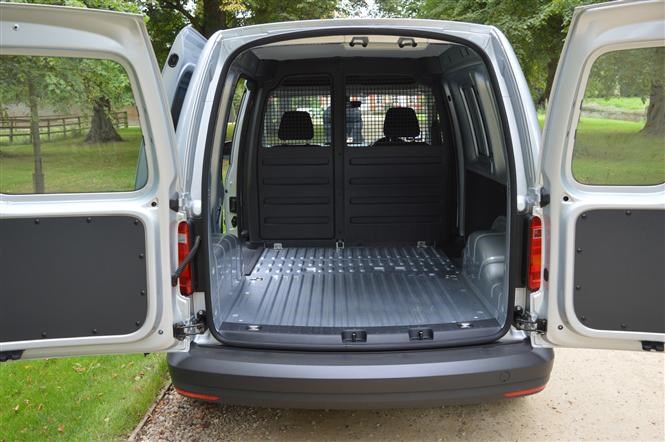
The VW Caddy load area (3.2 cubic metres) is noticeably larger than that of the Ford Transit Connect (2.9 cubic metres), although both vehicles have long wheelbase versions available.
Although the Ford Transit Connect’s load length is longer (1,831mm v 1,779mm), the bulkhead isn’t straight and intrudes 275mm into the load area, loweing the load volume.
The VW Caddy has a slightly broader track and a wider load width to match (1,556mm v 1,538mm), although the width between wheelarches is smaller at 1,170mm (compared with 1,226mm) which means Euro Pallets have to be loaded sideways. The Transit Connect is also taller with a maximum load height of 1,269mm compared with the VW’s 1,244mm.
Despite similar gross vehicle weights (2,152kg VWC v 2,215kg FTC), the Volkswagen Caddy has a payload of 668kg, compared with the Ford’s 825kg.
Both vans feature rear barn doors with their apertures measuring 1,248mm on the Ford Transit Connect, compared with 1,183mm on the VW, which means a Euro pallet can be loaded lengthways.
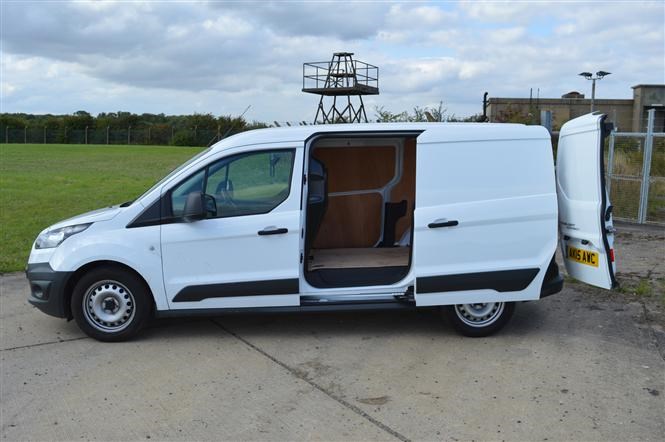
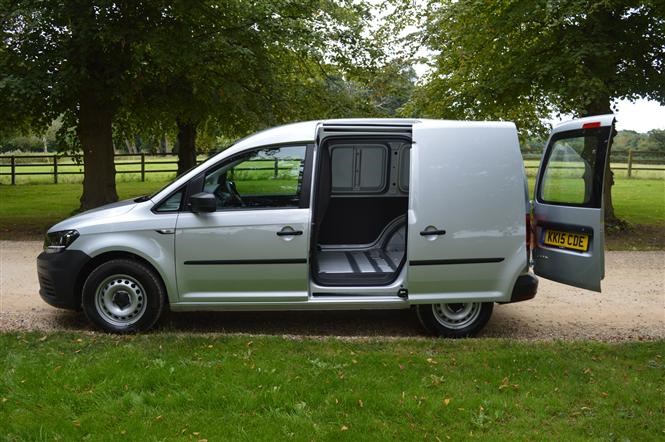
Both vehicles receive a nearside loading door as standard. The side load doors are narrow on the Ford Transit Connect (660mm v 701mm), especially when considering the bulkhead intrusion. The load floor height is also 23mm lower on the Caddy, at 576mm compared with 599mm.
The Volkswagen Caddy receives a rubber cargo floor and half-height side panels (nothing provided with the Ford Transit Connect), although there isn’t a full solid bulkhead as standard; instead the top half is mesh which means a lot of noise perforates into the cab.
Winner: Ford Transit Connect
Running Costs
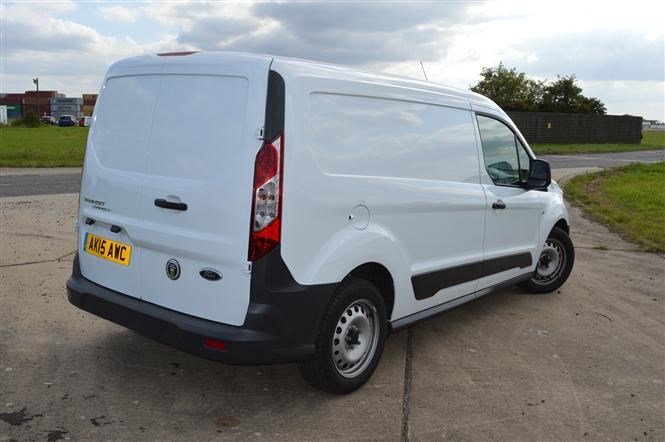
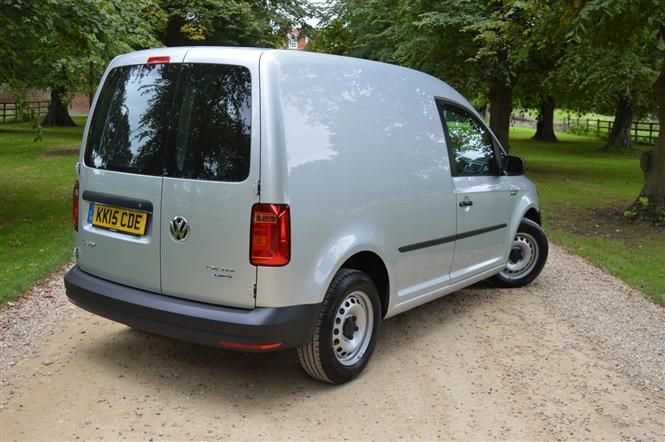
Running costs are becoming an increasing concern for many van operators, and although neither used to fare well in this segment, they have much improved. There are 105 Transit Centres nationwide, which have better aftersales facilities for commercial customers, compared with 72 Volkswagen Van Centres.
The Ford Transit Connect and Volkswagen Caddy are very evenly matched on price with our particular models costing £14,350 and £14,450 plus VAT respectively. Residual values were better on the previous generation VW Caddy, and this is likely to continue with the current generation.
Ford and Volkswagen offer three year, 100,000 mile warranties, although the service intervals are two years or 18,000 miles on the Caddy and one year or 20,000 miles on the Transit Connect.
The price of parts and fitting is still an issue for Volkswagen, with a nominal sample of items costing much more to replace than with the Ford Transit Connect. In terms of fuel economy, the Ford Transit is best and even VW’s new refined 1.6-litre TDi cannot beat the 58.9mpg combined figure (VW Caddy achieves 49.6mpg on average).
Winner: Ford Transit Connect
Summary
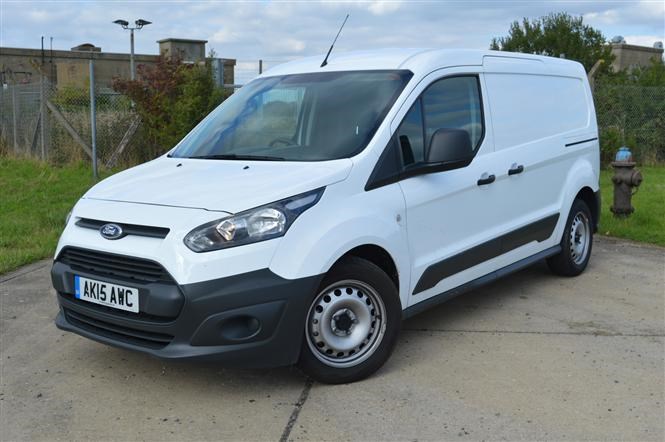
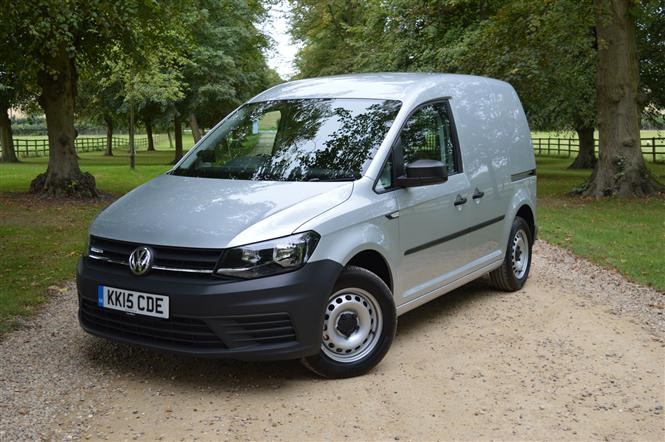
Separating the two is extremely hard but in the end we had to give it to the Ford Transit Connect.
The Ford is a lot cheaper to run with a far superior fuel economy and cheaper parts and labour costs, although it has a smaller overall load volume, is far more accommodating for heavy, long and wide objects. The Transit Connect also achieved a higher ranking on the 2014 Van Reliability Survey.
However, the Volkswagen Caddy has to be commended for its spritely 1.6-litre engine, productive and stylish cab and the wide range of safety systems on board.
Overall Winner: Ford Transit Connect
For all the latest van and pickup head to heads, follow @maxximum_load on Twitter.



